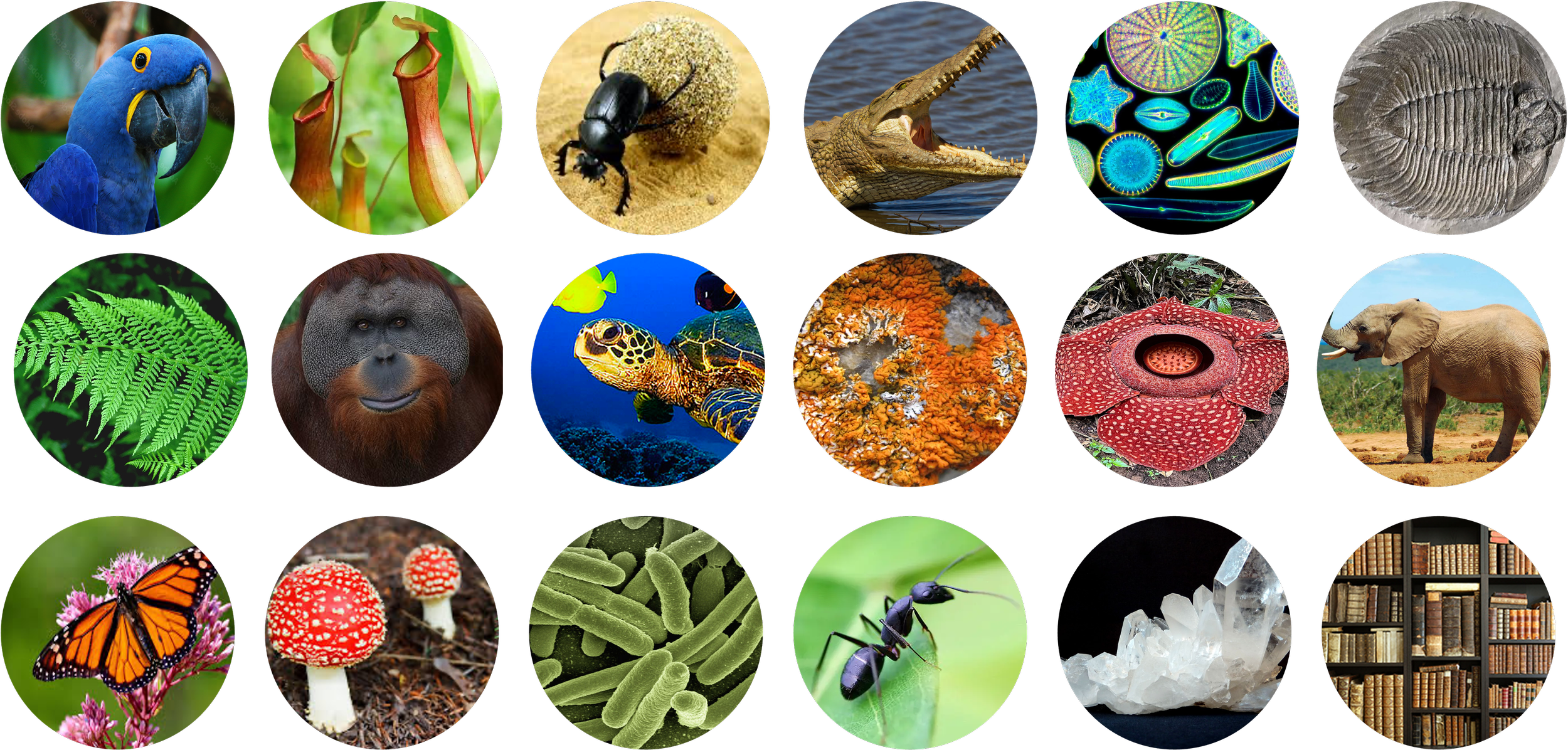Zoology Collections
There are many areas where zoological collections can contribute to future benefits for humanity, certainly some that are still undiscovered. Pandemics that arise from the transmission of diseases from animals to humans may be an area that can be studied more effectively through museum collections than in the wild, for example. Using new technologies like DNA sequencing and AI, scientists can track evolutionary changes, understand the spread of diseases, and predict how species are affected by climate change.
Future significance
Zoological collections have existed in various forms at Uppsala University since its inception almost 550 years ago. The oldest collections we have preserved today are from the 17th century, but it was mainly from the 18th century and the time of Carl Linnaeus that the collections became a resource used for education and research. It was when Linnaeus' successor Carl Peter Thunberg donated his large collections and at the same time listed all zoological objects in catalogue form in 1785 that museum operations in their modern form began. After a period of decline in the first half of the 19th century, the collections grew almost exponentially with the establishment of the first professorship in Zoology in 1854, held by Wilhelm Lilljeborg.
Historical significance
The entomological collections, with their 1.5 million specimens, make up the largest part of the zoological collections. Flies and wasps are important groups and, together with the older collections from Carl Peter Thunberg and Leonard Gyllenhaal, are some of the most sought after by researchers. The museum also has an important collection of spiders collected by the museum curator Åke Holm. Today, the museum conducts active research on, among other things, sponges, where collected specimens from different parts of the world result in new species being continuously described. In total, the collections consist of about 1.8 million objects of mammals, birds, amphibians and reptiles, invertebrates and insects from all over the world.
Collections




